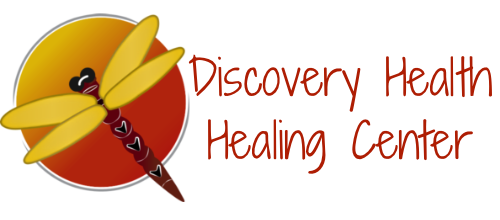Photobiomodulation Thor Laser Therapy
Photobiomodulation (PBM) is a non-invasive therapy that uses low-level light to stimulate healing and reduce inflammation in the body. It is also sometimes referred to as low-level laser therapy or cold laser therapy.
PBM works by using specific wavelengths of light to penetrate the skin and stimulate the mitochondria (the "powerhouses" of cells) to produce more energy. This energy production can help improve cellular function and promote healing and regeneration in tissues that are damaged or inflamed.
Some potential benefits of PBM include:
Reducing inflammation:
Promoting tissue repair:
Relieving pain:
Improving skin health:
Enhancing athletic performance:
PBM has been shown to reduce inflammation in a variety of conditions, including arthritis, skin disorders, and sports injuries.
PBM can stimulate the production of collagen and other proteins that are important for tissue repair and regeneration.
PBM has been shown to reduce pain and discomfort in a variety of conditions, including chronic pain, headaches, and neuropathic pain.
PBM can stimulate the production of collagen and improve blood flow to the skin, promoting overall skin health and reducing the appearance of wrinkles and fine lines.
PBM has been shown to reduce muscle fatigue and improve athletic performance in athletes.
PBM can be administered using a variety of devices, including handheld lasers, light-emitting diodes (LEDs), and full-body light therapy chambers. Treatment times and frequencies may vary depending on the specific condition being treated and the severity of symptoms.
While PBM is generally considered safe and well-tolerated, it is important to work with a healthcare provider to determine if it is appropriate for your individual needs and to ensure proper use and dosing.
